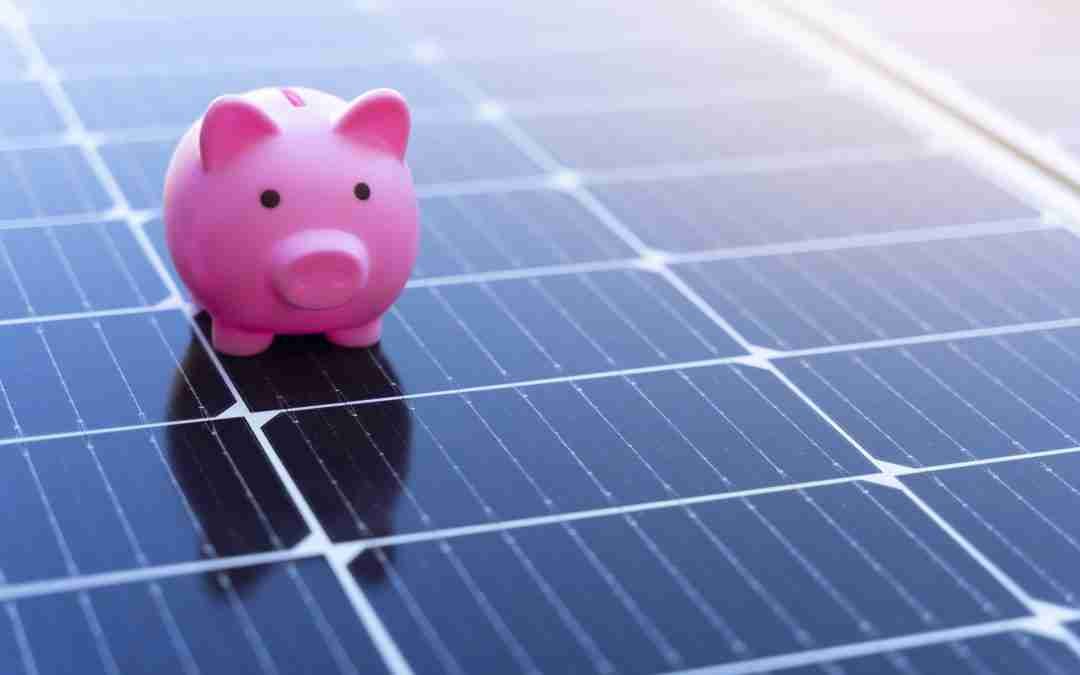How Much Do Solar Panels Cost? An In-depth Analysis
Solar energy has been at the forefront of sustainable energy discussions for decades. While the benefits of solar energy – from reducing carbon footprints to cutting down on electricity bills – are widely acknowledged, many homeowners and businesses are still uncertain about the initial costs. This blog post aims to shed light on the intricate details of solar panel pricing and the various factors that influence it.
1. The Basics of Solar Panel Costs
The cost of a solar panel system is determined by multiple factors, including the size of the system, the type of panels, labor costs, and any additional expenses such as permitting and inspections. On average, as of the last data up to 2021, the price for solar panels in the U.S. ranged from $2.50 to $3.50 per watt, with the average residential solar system size being about 6 kilowatts (kW). This would put the average cost of a system before any incentives or tax credits between $15,000 and $21,000.
2. Factors Influencing Solar Panel Costs
a) Type of Solar Panels
There are mainly three types of solar panels:
- Monocrystalline: These are the most efficient and expensive.
- Polycrystalline: Slightly less efficient and generally a bit cheaper than monocrystalline.
- Thin-film: These are the least efficient but are flexible and lightweight. They’re generally the least expensive.
The type you choose will influence the total system cost, both due to the cost per panel and the number of panels you may need (due to efficiency differences).
b) System Size
The larger the solar system, the more you’ll pay. However, on a per-watt basis, larger systems might actually cost less than smaller systems.
c) Labor and Installation
This is a significant chunk of the total cost, comprising of labor, overhead, and potential profit margin of the solar company.
d) Additional Components
The solar panels themselves are just one part of the equation. You also need inverters to convert the DC electricity generated by the panels to usable AC electricity. Moreover, mounting equipment, monitoring systems, and other components can add to the cost.
e) Permits and Inspections
Depending on where you live, local regulations might require you to get permits before installation and inspections after. These can also add to the overall cost.
3. Cost Breakdown Over Time
Solar panel prices have been decreasing consistently over the past few decades. According to the Solar Energy Industries Association (SEIA), the cost of solar has dropped by more than 70% over the last decade. This trend is driven by technological advancements, economies of scale, and increased competition in the solar industry.
4. Incentives and Tax Credits
One of the primary benefits of going solar in many regions around the world is the availability of incentives and tax credits. In the U.S., the federal government has the Investment Tax Credit (ITC), which allows homeowners and businesses to deduct a percentage of their solar costs from their taxes. This credit has been a significant boost to the solar industry, though its value is set to step down over the next few years.
State and local incentives can further decrease the net cost of your solar system. It’s essential to research local programs, tax incentives, and rebates that might be available to you.
5. Financing and Payback Period
For those not willing or able to pay the upfront costs of solar, several financing options can make solar more accessible:
- Solar Loans: Like a home loan, but for your solar system.
- Power Purchase Agreements (PPAs): A third party installs and owns the solar system on your property. You agree to buy the power it produces for a set period.
- Solar Leases: Similar to PPAs, but you lease the equipment instead of the power.
Considering the monthly savings on electricity bills, many homeowners find that their solar systems pay for themselves within 5-10 years, offering several more years of virtually free electricity for the lifespan of the system.
6. Long-term Value
When considering the cost of solar panels, it’s also essential to consider their long-term value. Solar panels can significantly increase a property’s value. A study from Lawrence Berkeley National Laboratory found that homes with solar panels sell for more than those without. Moreover, with rising electricity costs, the savings potential will only grow over time.
7. Other Considerations
Apart from the actual costs, there are other considerations that might influence your decision:
- Environmental Impact: Solar energy is clean and helps in reducing carbon footprints.
- Energy Independence: Reducing dependence on the grid can be both a financial and personal preference for many.
- Maintenance Costs: Solar systems require minimal maintenance, and most come with 20-25 year warranties.
8. Conclusion
Solar panel costs have been a major topic of discussion for those considering a shift to sustainable energy. While the initial investment can be significant, the long-term benefits, both environmentally and financially, make it a worthy consideration. With the cost of solar decreasing, incentives available, and the undeniable value they bring, solar panels are increasingly becoming an attractive option for homeowners and businesses alike.
